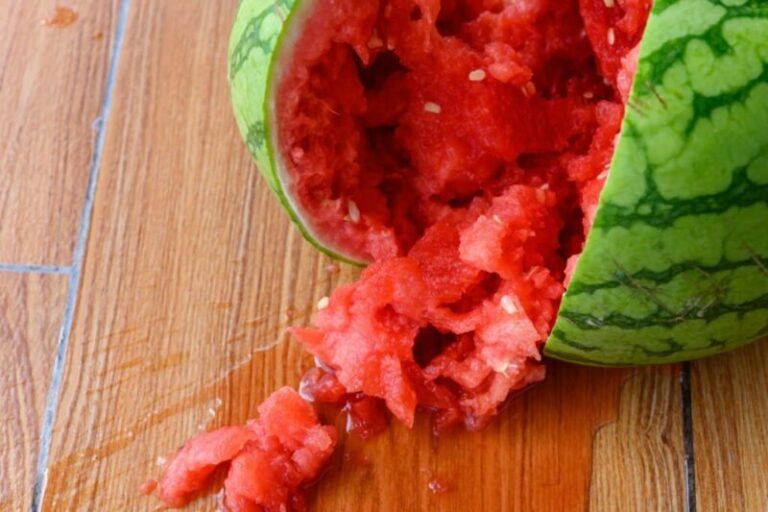The 7 Best Cuts of Beef for Slow Cooking
When it comes to creating a flavorful and tender meal, nothing compares to the delightful result of slow-cooking a piece of beef. It is undeniably one of the finest ways to prepare this meat to perfection.
So, you may be wondering which cuts of beef are ideal for slow cooking in crock pots. Look no further than beef joints such as brisket, oxtail, skirt, rump, shank or chuck steak. These cuts possess a marvelous combination of evenly distributed marbling, connective tissue, and fat. When subjected to the low and slow cooking method, these meats develop an incredibly robust and intense flavor, while also becoming so tender that they practically melt in your mouth.
The versatility of slow-cooked beef extends beyond basic casseroles, making it an exceptional choice for a range of dishes including spice-packed curries and hearty chili. By opting for this cooking technique, you can effortlessly elevate the taste of your culinary creations.
Whether you are a novice in the kitchen or simply seeking to add some variety to your meals, continue reading to discover the cuts of beef that excel in the slow cooker. This guide will provide you with valuable insights and help you choose the perfect cuts for your slow-cooked beef dishes.
Why should you consider slow cooking?
The slow cooking method guarantees that your meat will turn out juicy and tender every time. It’s a magical process that can transform tougher cuts of beef, which come from the animal’s heavily used muscles, into tender and succulent morsels that practically melt in your mouth.
How does it work? Well, collagen and other connective tissues in the meat are more likely to break down when cooked at a low temperature for an extended period in liquid. While collagen can make meat chewy when cooked quickly, it undergoes a fascinating transformation when cooked low and slow. It turns into gelatin, which not only enhances the flavor but also tenderizes the flesh, resulting in a truly satisfying texture.
Slow cooking is particularly suitable for cheaper, fattier cuts of beef. The presence of fat helps prevent the meat from drying out during the long cooking process, while also adding richness and depth to the overall flavor profile of the dish.
Benefits of cooking beef in the slow cooker
Apart from the incredible texture and robust flavor, slow cooking offers numerous additional advantages.
One of the major appeals of this cooking method is its simplicity and lack of fuss. Once you’ve finished all the preparation, you can simply leave the dish in the slow cooker to simmer for several hours. Whether you prefer to start your meal in the morning or prepare it the night before, depending on your schedule, you can go about your day without worrying about what’s for supper. It’s a convenient option for those busy days when you need to set it and forget it.
Are you someone who relies on mass-produced meals? Slow cooking is a fantastic time-saver, especially for late nights at the office, hectic weekends, or last-minute dinner emergencies. With minimal effort, you can enjoy a delicious homemade meal without spending hours in the kitchen.
Furthermore, the “one-pot wonder” nature of slow cooking means you won’t have to deal with a pile of dirty dishes afterwards. Cleanup is a breeze, as this method typically requires few utensils or cooking tools.
To top it all off, the cuts of meat that work best in a slow cooker are often more budget-friendly. You can enjoy the benefits of slow cooking without breaking the bank, making it an excellent option for those looking to save money on their meals.
Best beef cuts for slow cooking
Chuck
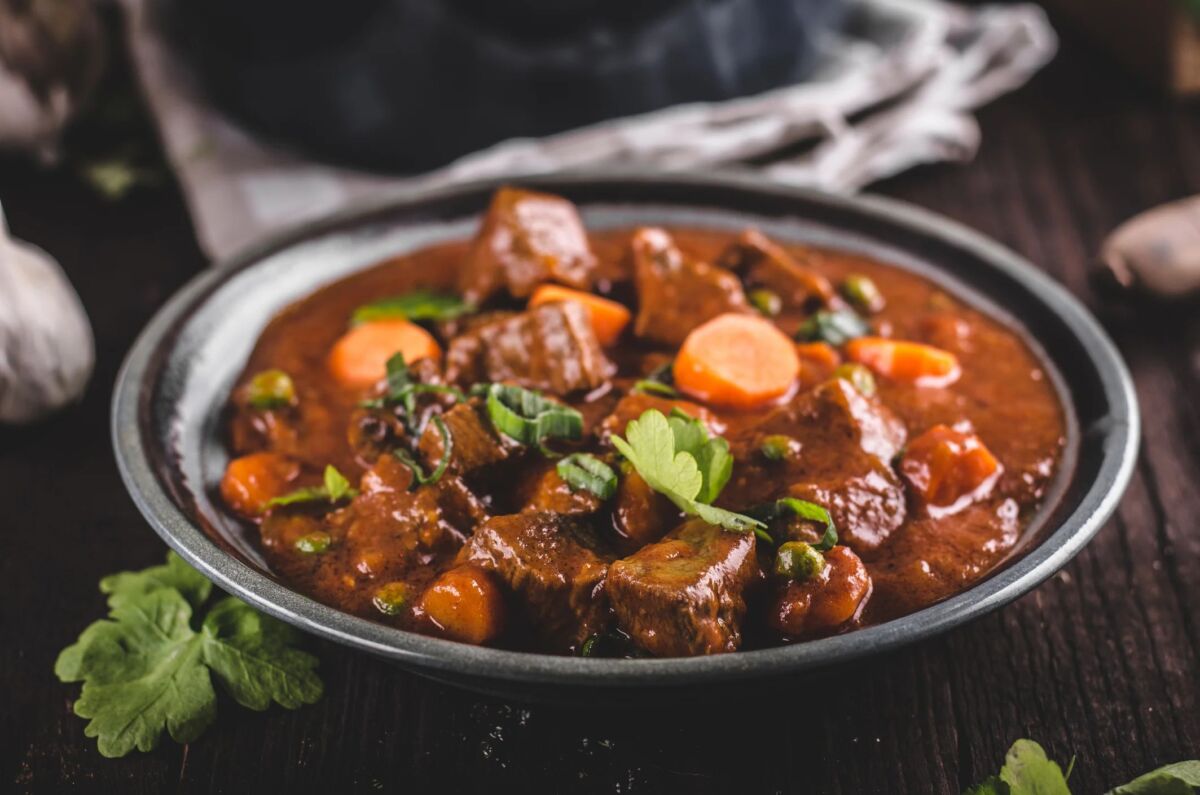
Chuck steak is an excellent choice for slow cooking. While it may appear tough when quickly grilled, its texture transforms into tender and juicy goodness when cooked for an extended period.
Derived from the shoulder and upper arm of the cow, this cut has endured a significant amount of work throughout the animal’s life.
Additionally, chuck steak boasts ample intramuscular fat, which enhances its rich flavor profile. Its affordability makes it even more appealing.
Rump roast
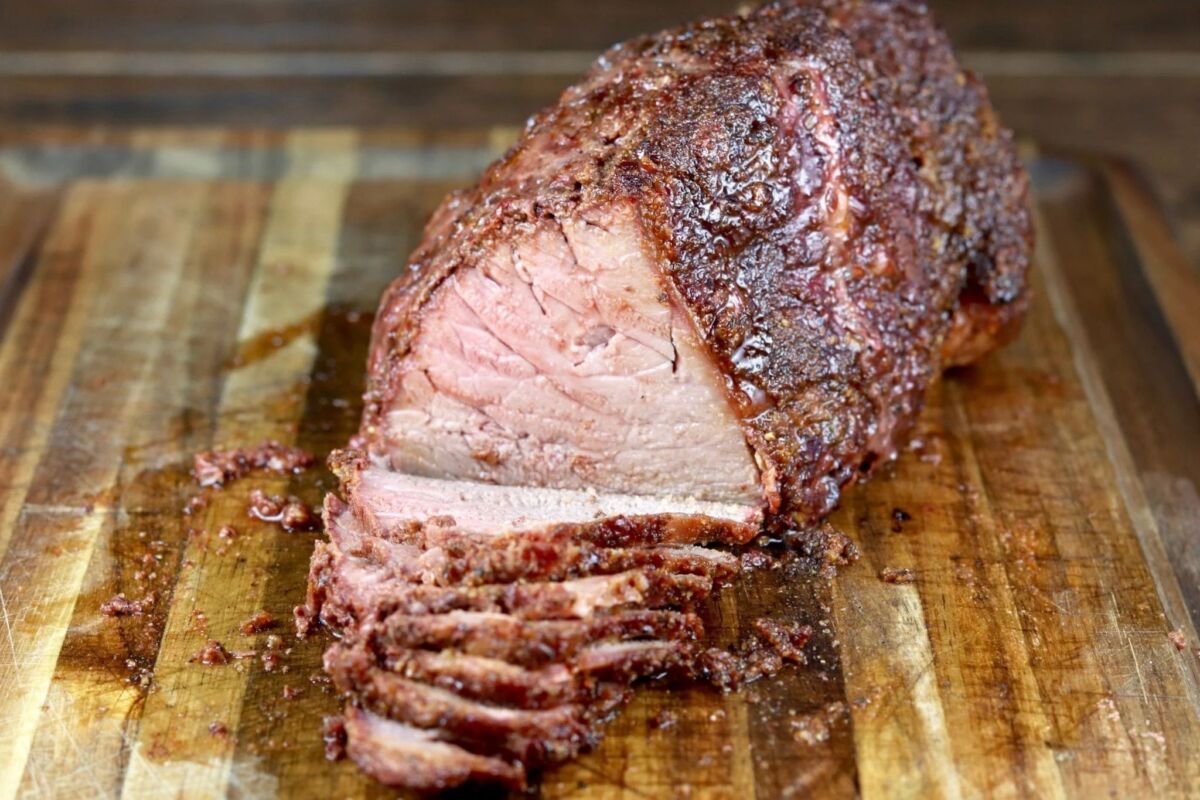
The rump, obtained from the back of the cow, presents a challenging cut due to the involvement of various muscles responsible for extensive movement.
This results in a lean meat that, if not handled properly, can easily become overcooked and tough. Despite its hardness, leanness, and substantial size, the rump roast is a budget-friendly option.
Rump roast is an ideal candidate for the slow cooker due to its lean composition and firm structure. The prolonged cooking process at a low temperature works wonders in tenderizing the meat by breaking down its connective tissues and collagen.
This cut adapts well to various liquids, including marinades, which infuse it with flavor and moisture, compensating for the lack of fat content.
Skirt
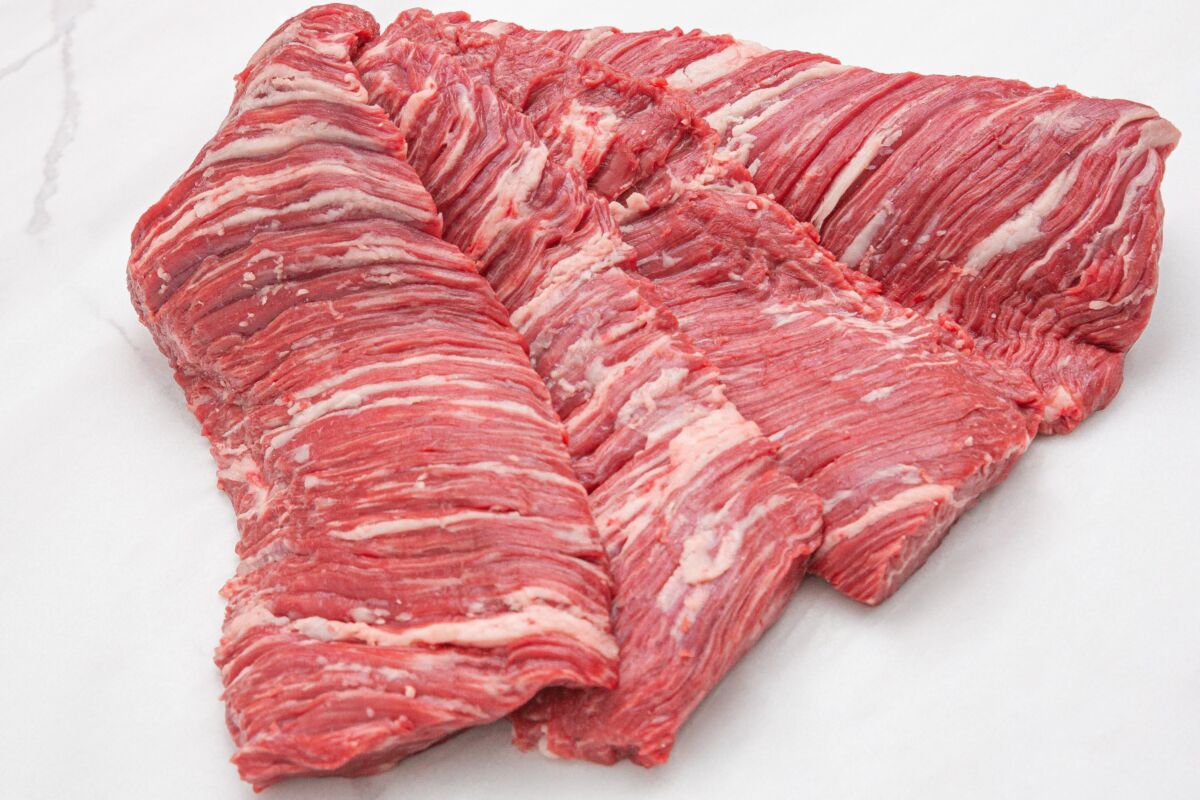
When it comes to the skirt steak, a lengthy and slow cooking method is the way to go. This lean and elongated cut is sourced from the diaphragm muscles of the cow.
While initially appearing lean and coarse, its true potential shines through when subjected to extended cooking times.
The slow cooking process unravels robust flavors that delicately melt on your taste buds, leaving a memorable culinary experience.
Shank
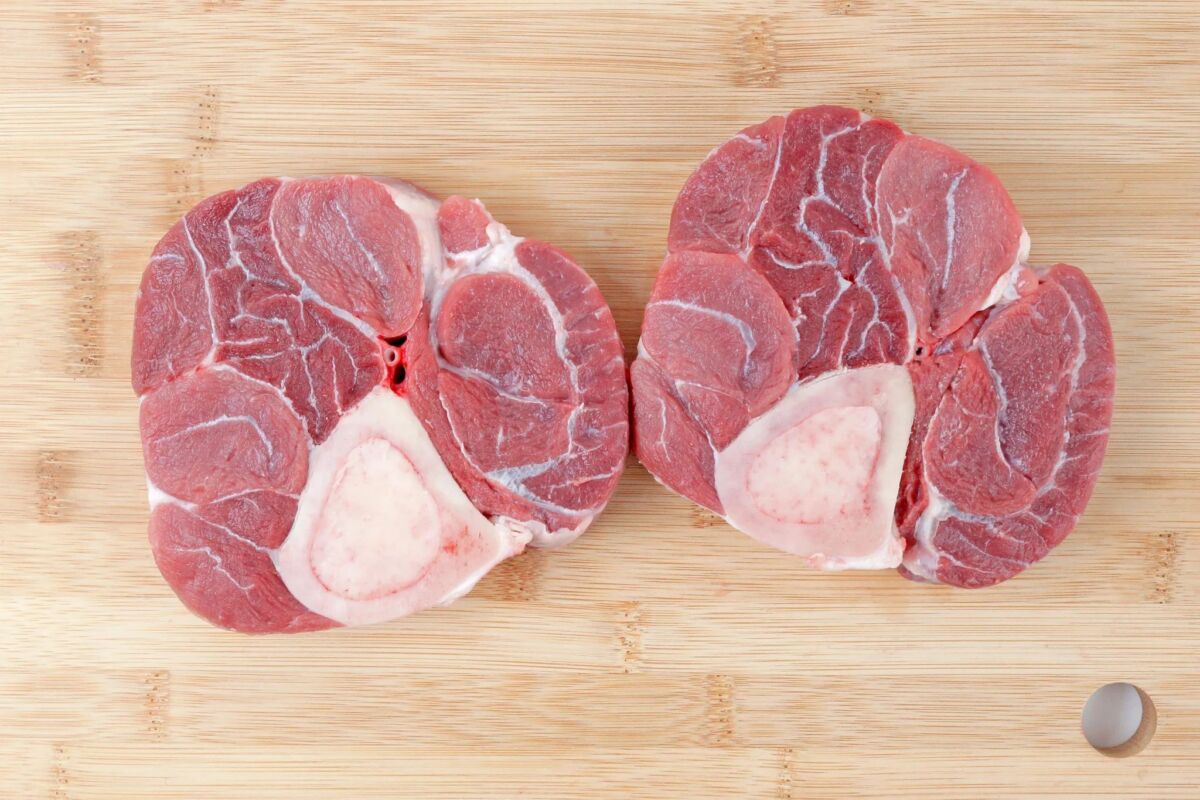
The beef shank, also known as beef shin, is an incredibly cost-effective cut of meat that offers exceptional flavor despite its affordable price.
This cut contains abundant collagen and connective tissue, typical of bone-in cuts, which work their magic during slow cooking.
After a few hours in the slow cooker, the beef becomes tender and infused with irresistible flavors, making it a perfect choice for hearty soups and stews.
The shank is a substantial bone taken from either the front or rear legs of the cow, filled with delectable marrow and collagen that break down during cooking, resulting in a rich, flavorful stock.
Much like lamb shanks, beef shanks can be purchased as a whole piece, in cross-cuts, or as a larger central portion.
One delightful dish that can be prepared using beef shank instead of the pricier veal is osso buco, an Italian specialty named after the shank cut.
This versatile cut also shines in various other culinary creations, such as a satisfying Cajun gumbo or a classic Vietnamese pho.
The abundance of marrow in the bone complements the main course perfectly or can be relished on its own for a truly delightful treat.
Silverside
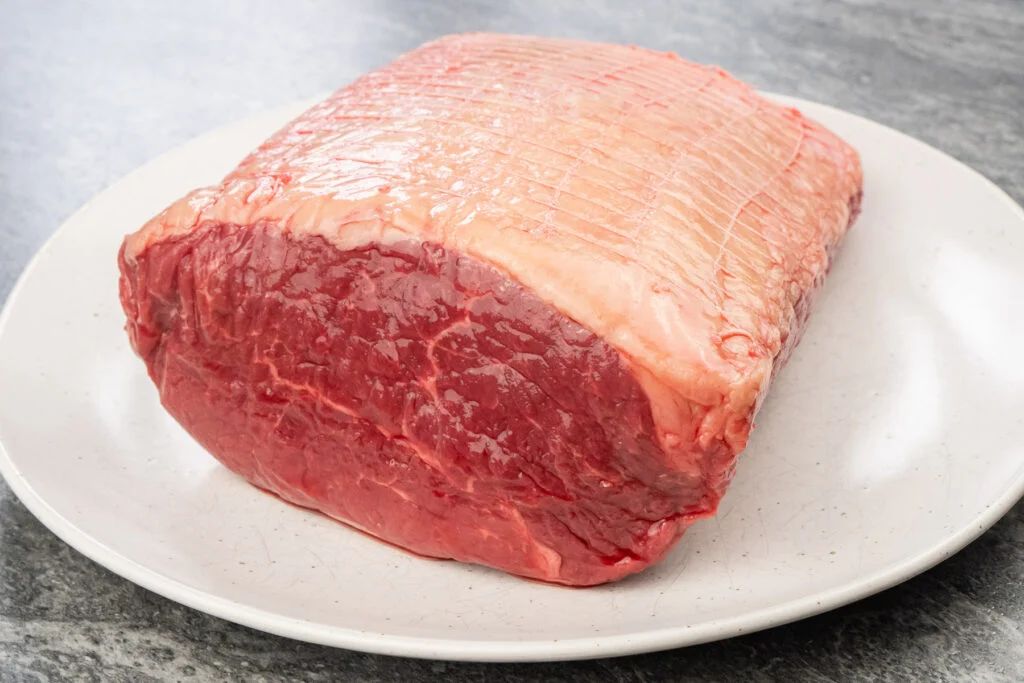
Silverside, also known as the bottom round, is the go-to cut for creating delectable corned beef and is obtained from the hindquarters of the cow.
Due to the significant activity these muscles undergo during the cow’s locomotion, this lean and tough cut contains a considerable amount of connective tissue.
Its low fat content and absence of marbling make it ideal for long, slow cooking, allowing the flavors to develop and transform the meat into a tender, mouthwatering delight.
Brisket
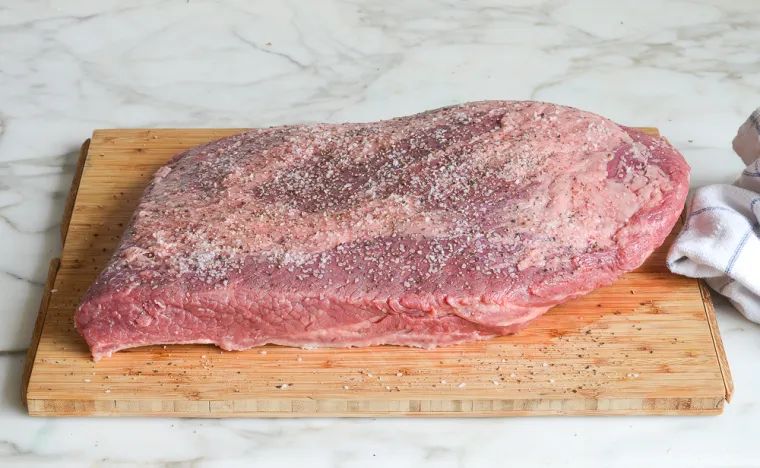
Located in the midsection of the cow, brisket differs from silverside in that it can be naturally fatty, which only enhances its flavor.
This cut, when cooked slowly, lends itself perfectly to dishes like pulled beef brisket, which can be used in a myriad of culinary creations such as tacos, hearty pasta dishes, flavorful brisket bowls, and more, where succulent shredded meat is the star ingredient.
Oxtail
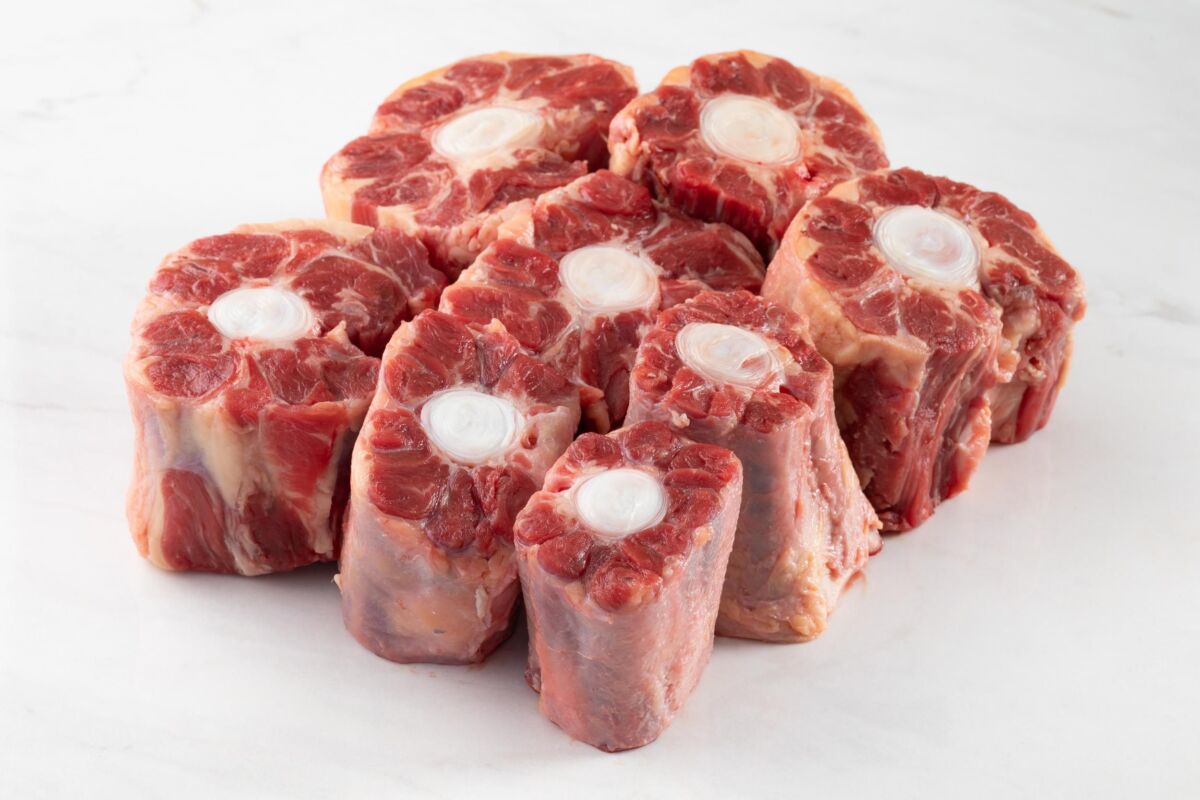
True to its name, oxtail is a tough offal obtained from the tail of the animal.
However, when prepared through a low and slow cooking process, it rewards with an explosion of flavors from its rich fat, cartilage, and marrow.
The result is a mouthwatering dish that showcases the unique qualities of this cut.
Expert tips for cooking beef in the slow cooker
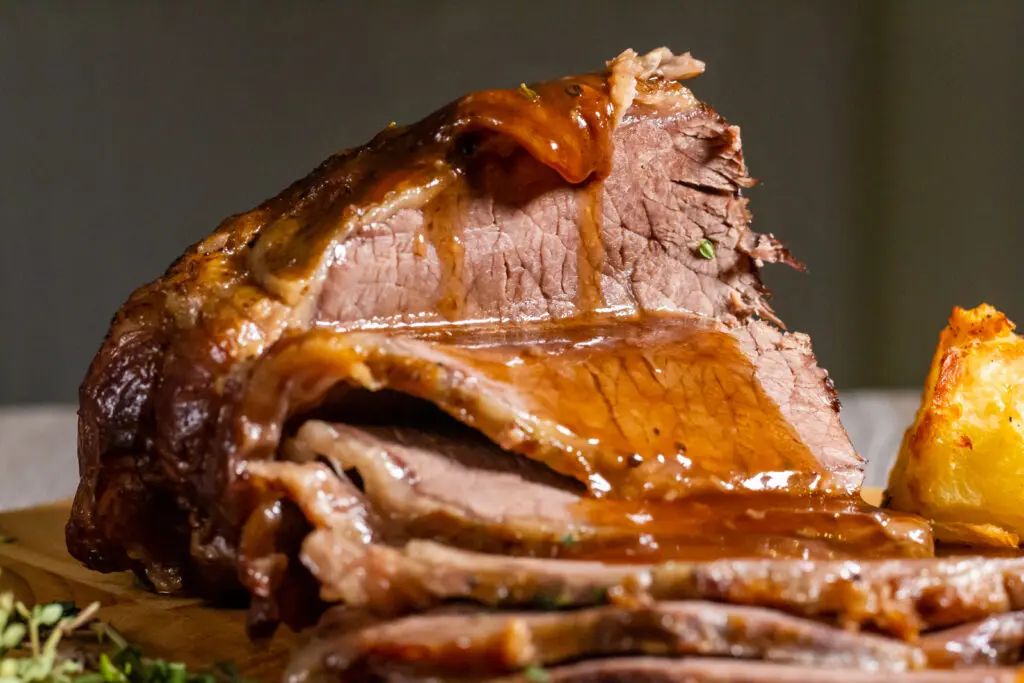
If you’re new to slow cooking beef, it can be a bit daunting to dive into. Nobody wants to end up with a bland, lackluster meal featuring dull, gray meat swimming in a watery sauce. However, with the right approach, you can ensure that your beef turns out tender, flavorful, and absolutely delicious every time.
To achieve optimal results when cooking beef in a slow cooker, it’s crucial to keep the following guidelines in mind:
- Mind the fill level: When using a slow cooker, it’s important not to overload the pot. Most slow cookers come with a maximum fill line, so be sure to adhere to it. If your slow cooker doesn’t have a fill line, it’s best not to fill it to the brim, as this can impede proper heat circulation and affect the cooking process.
- Brown the meat beforehand: Take the extra step of browning the meat before placing it in the slow cooker. This can be done using the “fry” feature of a multicooker or by using a separate pan on the stovetop. The browning process helps seal in the meat’s natural juices, preventing moisture loss during the slow cooking process. It also adds a rich caramelization to the meat, resulting in a luscious gravy or sauce.
- Go easy on the salt and pepper: It’s important to exercise caution when seasoning your beef for slow cooking. Remember that as the cooking progresses, the liquids in the pot will gradually reduce and intensify in flavor, transforming into a concentrated sauce. Therefore, it’s wise to err on the side of caution and use less salt and pepper than you might think. You can always adjust the seasoning towards the end of the cooking time if needed.
- Keep the lid on at all times: Once you’ve started slow cooking, resist the temptation to lift the lid and check on the progress too frequently. Each time the lid is lifted, valuable heat and moisture escape, which can significantly prolong the cooking time. If you must check on the food, allow an additional 30 minutes of cooking time to compensate for the heat loss caused by removing the lid.
- Prepare in advance: For the most flavorful results, consider marinating your beef overnight before slow cooking it. This allows the marinade to permeate the meat, tenderizing it and infusing it with a depth of flavor that will truly elevate your dish. By planning ahead, you give the flavors more time to meld, resulting in a more satisfying and succulent beef dish.
By following these expert tips, you can approach slow cooking beef with confidence, knowing that you’re on your way to creating a mouthwatering, well-seasoned meal that will impress even the most discerning palates.
